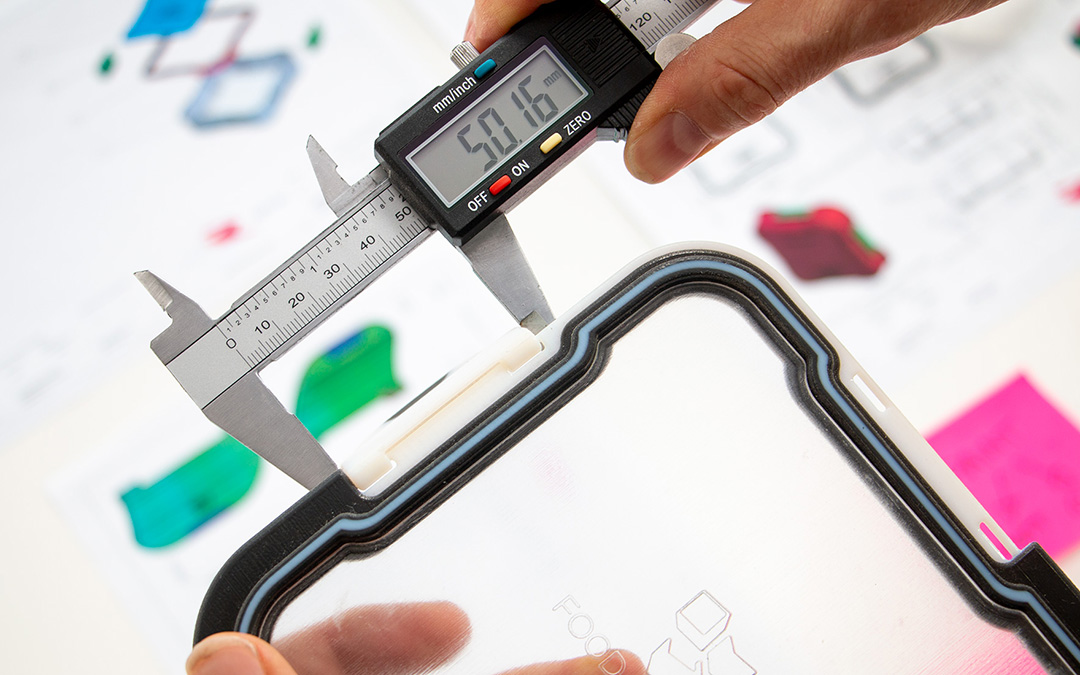3D printing in rubber
In this post we discuss Stratasys’s Tango and Agilus materials which simulate thermoplastic rubbers and can be mixed with other materials in their range to form elastomers of different shore hardnesses. From very soft Shore A 29 rubber parts through to very hard Shore A 80 parts.
Why 3D print in rubber?
3D printing rubber can be really useful for eliminating guesswork when designing certain products and fine tuning their function, especially when that function involves stretching or compressing. It can be ideal for creating things like seals, valves, gaskets, grommets, padding, grips, handles, buttons, keypads, wheels etc. Having a tool to design and validate these features in a material that is close to the final material can speed up the design process, cut down design iterations and delays and reduce the need for tooling reworks.
The catch with 3D printing rubber
It all sounds great, however, 3D printed rubber materials aren’t exactly the same as rubber. That is why they are often described as “simulating rubber” or being “Rubber like”. These materials are great for simulating rubber where parts need to flex, stretch or compress however they are normally not ideal for end-use parts as they tend to be less durable than materials like silicone rubber. They can lack some of the mechanical durability and resistance to temperature and chemicals that some industrial rubbers posses.
3D printed rubber parts vs moulded rubber parts
When compared to moulded silicone rubber or TPE parts, 3D printed rubber parts are likely to feel and behave a little differently. Since they are built up from layers of UV curing resin rather than moulded, their molecular structure and physical properties can be a little different too. These properties are also susceptible to change over time as the cumulative effects of UV exposure continue to cure the resin. Fresh off the printer 3D printed rubber parts tend to feel be more spongy, having a less lively elastic memory than moulded rubbers, they will return to their original shape more slowly and lazily than moulded rubber parts.
Common characteristics of 3D printed rubber parts vs moulded rubber parts:
- Lower tear resistance
- Lower elongation at break
- Lower temperature resistance
- Significant hydroscopic properties
- Reduced elastic memory
- Slower to return to relaxed state
- Over time UV can make them rigid and brittle
Is 3D printer rubber suitable for you?
3D printed rubber materials such as Tango and Agilis are ideal for testing fit and function for rubber parts. They may have slightly different properties to other moulded rubbers and may lack some of the durability but they will do a good job for prototyping and removing some of the guess work.
This is a general guide and compares the properties of 3D printed rubber like materials to those of moulded rubbers such as TPE and silicone rubber. In this post we have focussed on Stratasys’s Tango/Agilus materials but other manufacturers and systems offer equivalent rubber printing capabilities and similar characteristics broadly apply.

